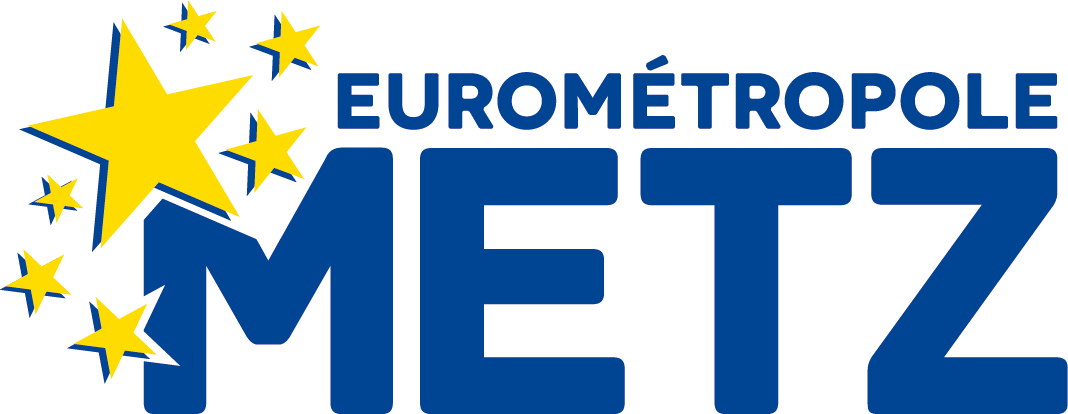Metz
As a three-thousand-year-old city, Metz has a rich heritage and architecture. Discover the highlights and key dates that shaped the city’s history!
Ancient Metz
In the 5th-3rd century B.C., a tribe of Celts called Mediomatrici settled on the oppidum in the Hauts de Sainte-Croix. The town, known as Divodurum by the Romans, then Mettis in the 4th century and Metz in the 6th century, was a major Gallo-Roman city. Thermal baths, an aqueduct and an amphitheatre were among its landmarks. Attila put an end to this period of prosperity by burning down the city in 451.
Medieval Metz
Metz became capital of the kingdom of Austrasia under the Merovingians in the 6th century, then a religious and cultural capital under the Carolingians, and joined the Holy Roman Empire in the 10th century. The imperial city was ruled by a prince-bishop until 1179. Bishop Bertram granted the citizens of Metz a charter of franchise, thus enshrining the Messin Republic.
Modern Metz
Having become a Republic, Metz experienced its most prosperous period until the 15th century. In 1552, the city of Roman culture agreed to be placed under French protection. Its attachment to France was enshrined in the Treaty of Westphalia in 1648. Metz became the capital of the Province of the Three Bishoprics. The monarchy entrusted it with the task of defending the French territory. Under Louis XV, the Duke of Belle-Isle remodelled the city.
Contemporary Metz
After being annexed by Germany in 1871, the city was transformed. The Germans built a double ring of forts, destroyed ramparts that had become unnecessary and created the “nouvelle ville” or “new town” around a new station. Metz became French again in 1918 and experienced a second German annexation from 1940 to 1944. Open to Europe and the technologies of tomorrow, Metz, capital of Lorraine, now combines its passion for contemporary art with its commitment to the values inherited from its past.




